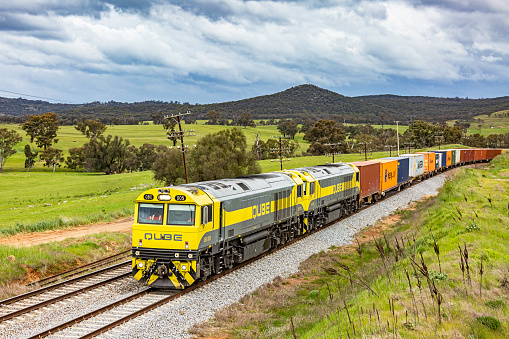Project dates: 27/02/2017 - 27/10/2017
Freight rail systems play a key role in Australia’s economy and will play an even greater role in the coming years with the $8.4-billion-dollar investment into the Inland Rail project.
The inland rail project will connect existing rail infrastructure between Melbourne and Brisbane. Inland Rail is expected to grow the Australian economy by $16-billion-dollars and highlights that there is clear interest in rail and the resulting economic benefits to Australia. Given the influence of rail corridors such as Inland Rail on the national economy, and the significant capital expenditure entailed, it is important to ensure efficiency is maximised.
The aim of this undergraduate research project was to develop a mathematical optimisation model to maximise the capacity of a given rail corridor through optimal placement of passing loops. Factors considered in the model included non-linear train speed profiles, constraints on passing loop locations and a traffic profile which varies across the corridor due to junctions. The resulting model was formulated and implemented in IBM CPLEX, and was demonstrated to successfully optimise the inland rail corridor which was used as a case study for this project.
Chief Investigators
Team
Other Team Members
